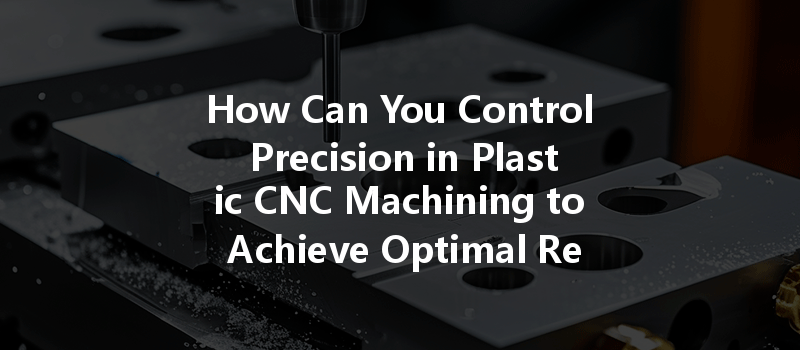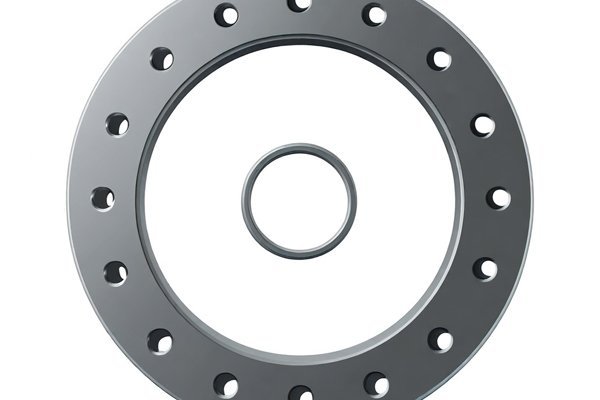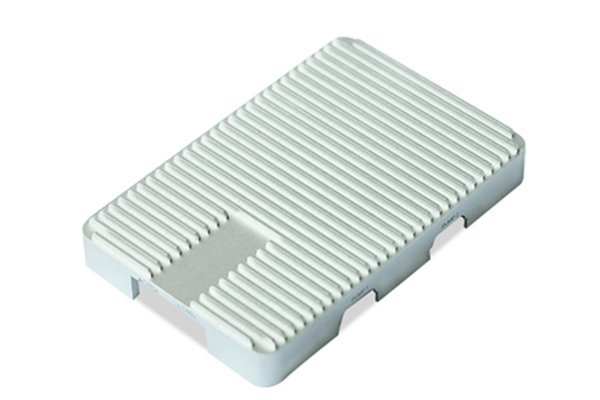Did you know that CNC machining can achieve tolerances as precise as ±0.001 inches? This astonishing level of accuracy is not just reserved for metals; it applies to plastics just as much. In industries where precision matters—from automotive to aerospace and medical manufacturing—controlling precision in plastic CNC machining has become crucial. Many manufacturers are now turning to this advanced technology to produce intricately designed plastic components that fit perfectly in their intended applications.
But how do engineers and machinists achieve such high precision in plastic CNC machining? In this comprehensive guide, we will delve into the key techniques and strategies involved in controlling precision in plastic CNC machining. Our objective is to arm you with the knowledge to elevate the quality and accuracy of your CNC machined plastic parts.
—
to CNC Machining
Computer Numerical Control (CNC) machining is a process where pre-programmed computer software dictates the movement and operation of machinery. This technology has transformed the manufacturing landscape, allowing for consistent, high-quality production of various materials, including metals and plastics.
CNC machining consists of several processes—milling, turning, routing, and drilling—each of which can be employed to create complex shapes and tailored components. As we focus on plastic CNC machining, it is essential to understand the characteristics and considerations that make plastics unique compared to traditional materials.
Understanding Plastic Materials in CNC Machining
Plastics come with their own unique properties, making them distinct from metals. Common plastics used in CNC machining include:
Understanding the individual characteristics of each plastic type helps machinists to select the right material for the job, which significantly impacts the overall precision of the final product.
Importance of Precision in Plastic CNC Machining
Precision in plastic CNC machining is not merely a luxury—it’s a necessity. Many applications demand a high degree of accuracy in tolerances, as even minor deviations can lead to functionality issues or product failure. Since many industries are becoming more dependent on complicated designs, the ability to produce precise components can provide a competitive edge.
Factors like thermal expansion during machining, tool wear, and even moisture absorption in certain plastics can affect precision adversely. Hence, the onus lies on manufacturers to mitigate these factors effectively.
Common Challenges in Achieving Precision
Achieving precision involves navigating several challenges, including:
Recognizing these challenges is crucial when implementing solutions to enhance precision.
Key Techniques for Controlling Precision
The good news is that several methods can effectively control precision in CNC machining of plastics:

Choosing the right plastic for the application can dramatically affect precision. Factors to consider include:
The choice of tooling has a direct impact on precision. Recommendations include:
To achieve optimal results, proper calibration is essential. Steps include:
Optimizing CNC parameters can save time and improve precision. Consider these factors:
Maintaining a stable environment is key to precision:
Implementing strict quality control measures ensures precision remains intact. Techniques include:
Case Studies
Case Study 1: The Aerospace Industry
In the aerospace sector, a company manufactured intricate plastic parts for aircraft interiors. By rigorously following a robust selection process that included precise tooling and monitoring parameters, they were able to achieve tolerances of ±0.001 inches, significantly boosting their production quality and reducing waste.
Case Study 2: Medical Device Manufacturing
A medical device manufacturer encountered difficulties maintaining precision with biocompatible plastics. By selecting highly machinable materials and ensuring comprehensive calibration of their CNC machines, they achieved a new standard of accuracy, leading to improved device performance and patient safety.
Future Trends in Plastic CNC Machining
As we move forward, the landscape of plastic CNC machining is continually evolving. Emerging technologies like artificial intelligence (AI) and machine learning (ML) promise to enhance precision even further by adapting real-time machining conditions. Integration of additive manufacturing processes with CNC machining could provide innovative solutions for creating complex geometries with high precision.
Controlling precision in plastic CNC machining is not merely a technical challenge; it’s a vital component that influences the quality and performance of finished products. By implementing the discussed techniques—selecting appropriate materials, utilizing specialized tooling, ensuring diligent machine calibration, optimizing parameters, managing environmental factors, and maintaining rigorous quality control—manufacturers can enhance their precision capabilities dramatically.
In today’s competitive environment, ensuring the quality of your plastic machined parts is critical to maintaining a competitive edge. As industries expand their reliance on intricate plastic components, the significance of precision in CNC machining becomes increasingly vital. So, as you embark on your next machining project, remember the importance of precision—and consider the strategies outlined here to ensure the best possible outcomes.
Have you developed your strategies for controlling precision in plastic CNC machining? This guide provides fundamental stepping stones to achieving excellence in your own operations.






